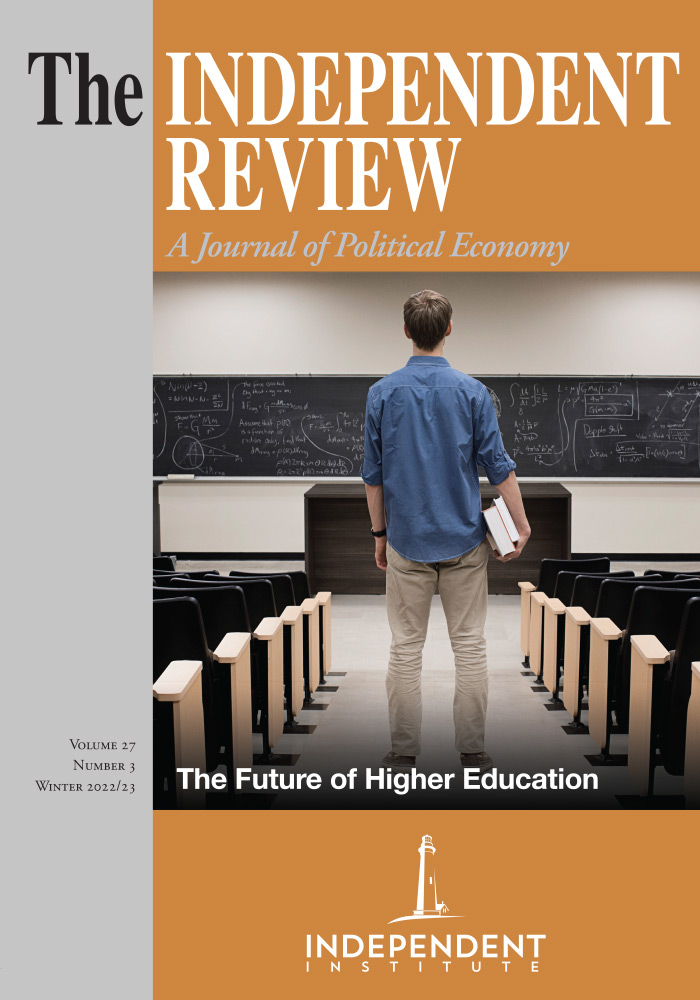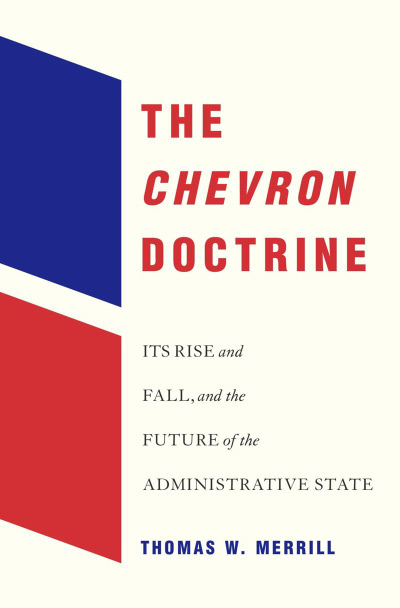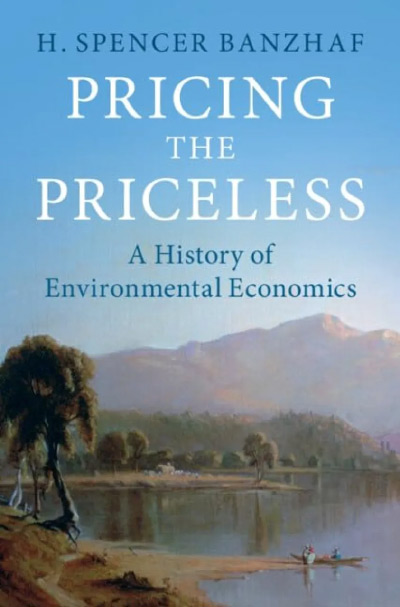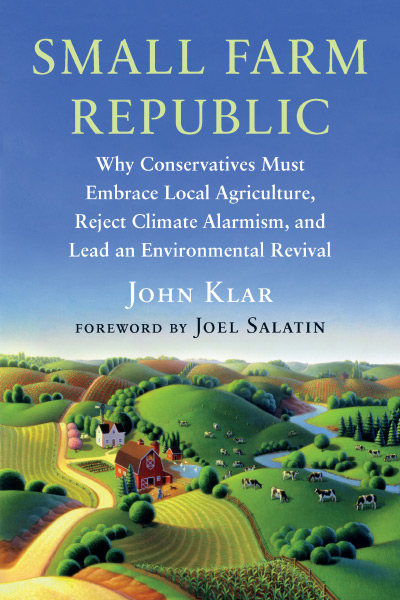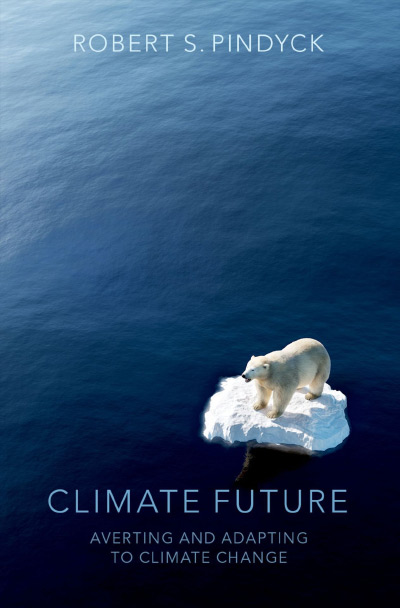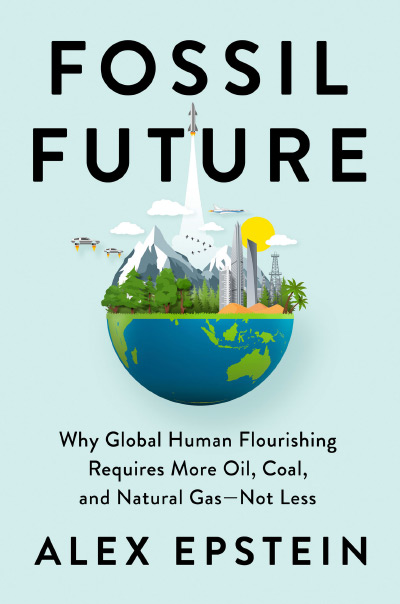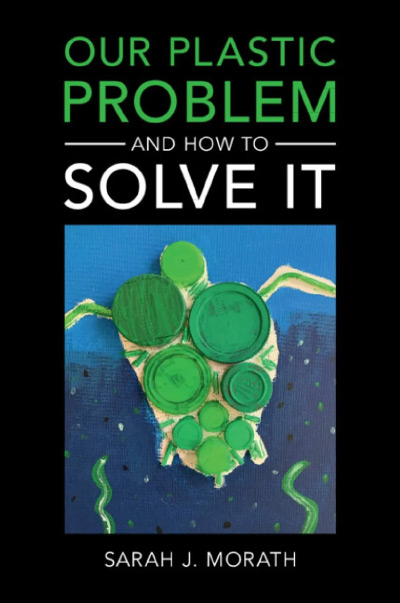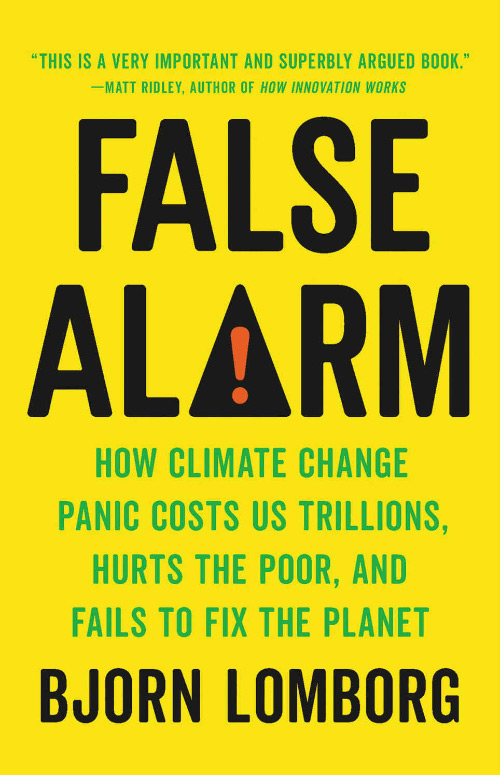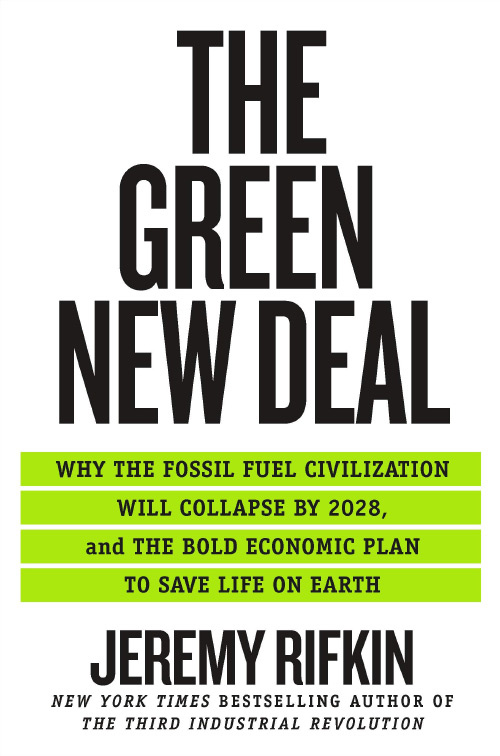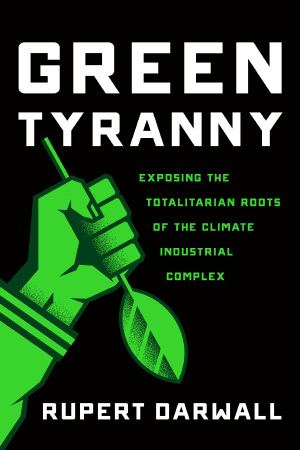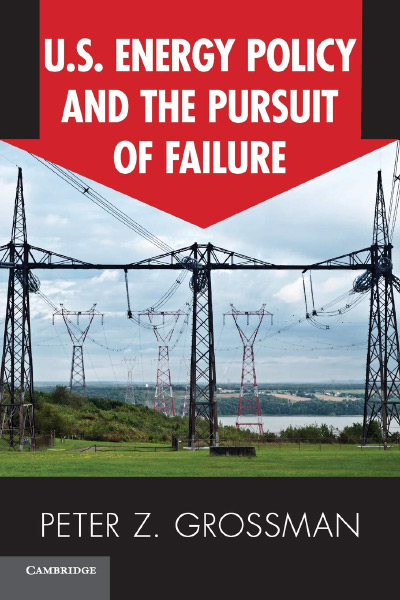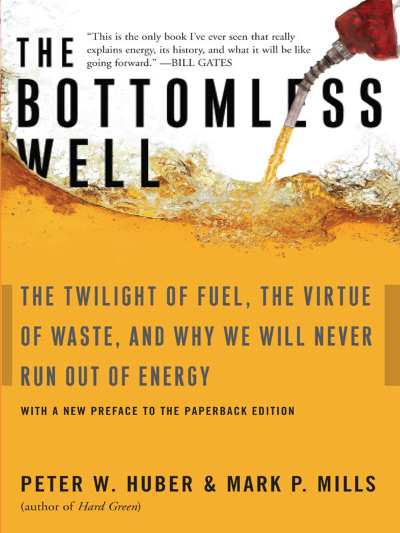Delegata potestas non potest delegari
The publication of Thomas Merrill’s book could not have been timed more fortuitously. It arrived on my desk about two months after the close of the U.S. Supreme Court’s 2021–2022 term, the final days of which saw the handing down of landmark decisions overturning Roe v. Wade, rejecting New York State’s tight restrictions on concealed-carry firearms permits (New York State Rifle & Pistol Association v. Bruen), and, most relevant here, West Virginia et al. v. Environmental Protection Agency.
In the last of those rulings, a 6–3 majority of the Court relied on then-appeals court judge Steven Breyer’s “major questions doctrine” (1986, Judicial Review of Questions of Law and Policy, Administrative Law Review 38, (Fall): 363–398), to strike down the Obama administration’s “Clean Power Plan,” promulgated in 2015 under the authority of the Clean Air Act of 1970 (as amended in 1977 and again in 1990). The CPP never was implemented owing to legal challenges, but it had been calculated to compel public utilities to substitute natural gas or renewable energy sources for coal in generating electric power. Writing for the West Virginia majority, Chief Justice John Roberts concluded that while the Clean Air Act allowed the EPA to establish “a ‘standard of performance’ for [utilities’] emission[s] of certain pollutants into the air,” the law did not permit the EPA to dictate how that standard of performance would be met. Barack Obama’s CPP thus had overstepped the powers delegated by Congress to the Environmental Protection Agency.
Breyer’s major questions doctrine was decisive in 2022: even the EPA admitted that, if adopted, the CPP “would entail billions of dollars in compliance costs (to be paid in the form of higher energy prices), require the retirement of dozens of coal-fired plants, and eliminate tens of thousands of jobs across various sectors” (West Virginia et al. v. Environmental Protection Agency, 595 U.S. ___ (2022), p. 10). The CPP raised policy questions that required the Court, in Breyer’s earlier words, “to conduct independent, ‘in-depth’ reviews of agency judgments” on matters of sweeping economic and political significance. West Virginia engaged a longstanding debate about the extent to which courts should defer to the policy decisions of the administrative state—the executive-branch agencies created over time by Congress to give effect to the statutes it enacts.
Enter Professor Merrill. Although his book appeared in print prior to West Virginia, the case raised doubts about the constitutional firmness of Chevron U.S.A., Inc. v. Natural Resources Defense Council, Inc., 467 U.S. 837 (1984), a precedent that controlled, to greater or lesser extents, judicial reviews of administrative agency judgments until 2016, when “the Supreme Court effectively stopped applying” what became known as “the Chevron doctrine as a reason to uphold an agency interpretation” (p. 7).
Chevron turned on determining what the Clean Air Act meant by a “stationary source” of pollution, a term that Congress had failed to define in 1970. Did the term refer to every separate pollution-emitting apparatus (e.g., smokestack, smelter) installed at a plant or did it mean, as the EPA interpreted it, a “bubble” encompassing an entire pollution-generating facility? The Natural Resources Defense Council challenged the EPA’s bubble concept on the grounds that it effectively locked “in the environmental status quo” (pp. 56–58).
After the D.C. Circuit “rejected the bubble concept ‘in toto’” (p. 59), a “shorthanded” Supreme Court endorsed a modified version of the EPA’s definition of stationary source unanimously (6–0) (according to Merrill (p. 64), Justices William Rehnquist and Thurgood Marshall were absent for medical reasons; Justice Ruth Bader Ginsburg withdrew after discovering a financial conflict of interest in one of the parties). Although it weighs heavily in determining the costs of regulatory compliance and, moreover, the EPA from time to time tried to have it both ways (apparatus or facility), Chevron is celebrated or condemned mainly for two paragraphs at the beginning of Part II of Justice John Paul Stevens’s majority opinion in which he lays out “a new ‘two-step’ standard of [judicial] review” of executive branch agency policymaking (p. 55).
No one at the time, neither the justices themselves nor many commentators on the Court’s proceedings, thought that Chevron would take on a life of its own; the 1984 decision “seemed destined to obscurity” (p. 83). That fate was avoided largely owing to rulings subsequently handed down by the D.C. Circuit’s court of appeals, which “hears a disproportionate number of challenges to agency decisions” (ibid.).
Chevron was resurrected from oblivion by its apparent practical utility to courts in resolving questions about the reach of regulatory agency policymaking authority. In reviewing challenges to that authority, Step 1 is “first, always, is the question whether Congress has directly spoken to the precise question at issue.... If the intent of Congress is clear, that is the end of the matter, for the court must give effect to the unambiguously expressed intent of Congress” (Merrill quoting Justice Stevens’s majority opinion, p. 101). On the other hand, “if the statute is silent or ambiguous with respect to the specific issue,” Step 2 asks “whether the agency’s answer is based on a permissible construction of the statute” (Merrill quoting the majority opinion, p. 112).
Merrill ably surveys the relevant legal ground both before and after Chevron, examining it principally through four lenses: (1) rule of law values, which emphasize “the importance of protecting settled expectations about the meaning of the law” (p. 36); (2) constitutional values, “most prominently the separation of powers principle of legislative supremacy” (p. 98); (3) accountability values speaking to “the importance of having discretionary policy decisions made by politically accountable institutions” (p. 24); and (4) “the quality of agency statutory interpretations,” asking whether judicial reviews can improve them (p. 28).
Lenses (3) and (4) are the most salient to nonlawyers, especially scholars schooled in the public choice tradition, because they require comparative institutional analyses of the courts and executive branch agencies. One reading of Stevens’s Step 2 (“permissible” or “reasonable” statutory construction) leads Merrill (and many other commentators, including, to my surprise, the late Justice Antonin Scalia, who became one of the Chevron doctrine’s staunchest defenders) to conclude that
Chevron’s signal contribution to our understanding of the court-agency relationship is that if a question of interpretation is ultimately a question of discretionary policy choice, the agency is the preferred interpreter. The agency is more politically accountable to the elected branches than is the court. And the agency will nearly always have more expertise in understanding both the phenomenon being regulated and how the statute and associated regulations work in practice (p. 115; emphasis added).
In other words, “if Congress leaves a gap or ambiguity in a statute the agency administers, this should be regarded as an implicit delegation making the agency the preferred interpreter” (p. 111; emphasis added). Indeed, “the critical paragraph in Chevron said [that]...the agency interpretation must be accepted if the statute is unclear and the agency interpretation is reasonable” (p. 94; emphasis in original). Although “the Supreme Court has invalidated only three agency interpretations at step 2 since 1984” (p. 244), it is indisputable that judicial deference to the executive branch policymaking has “facilitated the transfer of power from Congress to the administrative state” (p. 275).
Merrill’s supposition that courts enjoy a comparative advantage in interpreting the law, whereas comparative advantages in assessing the facts at hand and the policy applications of them lie in executive branch agencies, flies in the face of more than a half century of scholarship on the causes and consequences of the public sector’s regulatory interventions, which began with George Stigler (1971, The Economic Theory of Regulation, Bell Journal of Economics and Management Science 2, (Spring): 3 –21) and Sam Peltzman (1976, Toward a More General Theory of Regulation, Journal of Law and Economics 19: 211–240). The by-now familiar “capture theory” is mentioned by Merrill only once (p. 59). He obviously is familiar with at least some of that literature (1997, Capture Theory and the Courts: 1967–1983, Chicago-Kent Law Review 72, no. 4: 1039–1117) but fails to incorporate much of it in his book. Rich public choice analyses of bureaucratic behavior are relegated to a footnote (on p. 250) that overlooks all but William Niskanen’s largely superseded theory of the budget-maximizing bureaucrat (1971, Bureaucracy and Representative Government. Chicago: Aldine-Atherton; reissued in 2017 by Routledge).
The implications of the capture theory eventually morphed into a broader interest-group theory of government in which legislatures can be conceived as markets for wealth transfers to well-organized from less well-organized coalitions of interests (Robert E. McCormick and Robert D. Tollison, 1981, Politicians, Legislation, and the Economy: An Inquiry into the Interest-Group Theory of Government, Boston: Martinus Nijhoff). That theory, to which Merrill devotes a paragraph, characterizing it as “a very non-idealistic view of agency behavior” (p. 249), recognizes that regulatory interventions do not always protect the interests of producers at consumers’ expense, but that the interests of larger producers, able to spread the costs of regulatory compliance over sizeable volumes of output, often dominate regulatory processes at the expense of their smaller rivals. That so-called heterogenous firm model of regulation is missing in action, as is Bruce Yandle’s provocative idea that coalitions of strange political bedfellows, such as big polluters and environmental activists, help explain the origins and persistence of plainly excessively costly and counterproductive regulatory rules (Adam C. Smith and Bruce Yandle, 2014, Bootleggers and Baptists: How Economic Forces and Moral Persuasion Interact to Shape Regulatory Politics, Washington D.C.: Cato Institute).
The Chevron Doctrine likewise is weak when it comes to considering the motivations of judges who are called upon to review agencies’ interpretations of the laws under which policymaking authority has been delegated to them (for a summary of the relevant literature, see William F. Shughart II and Robert D. Tollison, 1998, Interest Groups and the Courts, George Mason Law Review 6, no. 4 (Summer): 953–970). If, as Judge Frank Easterbrook wrote the same year the Supreme Court announced its ruling in Chevron (1984, Foreword: The Court and the Economic System, Harvard Law Review 98, no.1 (November): 4–60), regulations emerge from “deals” between Congress or state legislatures and various competing interests, courts should hesitate to interfere because no improvement “in the exact bargain” is possible after it has been struck, all side payments necessary to secure legislative majority support having been made and all relevant benefit-cost margins being brought into alignment. (It is, of course, rare for the interests of the consumers of the regulated industry’s goods or services—who almost always bear the costs of regulatory interventions disproportionately—to be represented effectively at the bargaining table.)
If regulatory agencies like the EPA are not “rogues,” but instead respond attentively to the shifting preferences of Congress, especially so to the politicians seated on Capitol Hill’s specialized oversight committees (see, e.g., Barry R. Weingast and Mark J. Moran, 1983, Bureaucratic Discretion or Congressional Control? Regulatory Policymaking by the Federal Trade Commission, Journal of Political Economy 91, no. 5 (October): 765–800), little room for corralling the administrative state remains open to the courts. The EPA and its sister “alphabet agencies” are, by and large, doing exactly what Congress “wants” them to do.
Moreover, to the extent that it’s even possible to parse the intention of a regulatory statute enacted by simple majorities of a motley 435-seat House and 100-seat Senate (public choice denies that collective bodies can be modeled as single-minded, unitary actors), the interest-group theory teaches that “the truly intended effects should be deduced from the actual effects” (Stigler, 1975, Supplementary Note on Economic Theories of Regulation (1975), in The Citizen and the State: Essays on Regulation, p. 140, Chicago: University of Chicago Press; emphasis in original). The actual, often-perverse effects of public policy, grasped readily by good economists and the affected parties on the ground, cannot be excused as being unforeseen or “unintended.”
Merrill’s detailed account of the evolution of an important 1984 Supreme Court decision ensures that copies of The Chevron Doctrine will find happy homes on the bookshelves of lawyers and scholars who study the inexorable expansion of the administrative state into our private and public lives. Unfortunately, his story is only half-told. Good intentions alone are not sufficient justifications for correcting perceived “market failures.” It is cold comfort that the judiciary’s post-Chevron deference to agencies’ policymaking largely was limited to confirming that proper procedures had been followed, rather than taking substantive “hard looks” at the supposed benefits and very real costs of complying with regulatory rules.
It no longer is possible, and may even be intellectually dishonest, to continue to presume, as Merrill implicitly does, that any governmental institution is motivated to pursue the public’s interest. Because all are designed by fallible humans hampered by incomplete information and limited knowledge of the future, legislatures, courts, and executive branch agencies necessarily are imperfect. Resurrecting in some form or fashion the non-delegation doctrine that serves as this review’s epigraph—locating responsibility for articulating clear and precise regulatory rules exclusively in Congress, where it properly belongs—may be the only sure path forward to effective reform. Allowing elected politicians to shift blame to unelected bureaucrats when things go badly wrong is how we got into today’s regulatory morass in the first place (Morris Fiorina, 1989, Congress: Keystone of the Washington Establishment, 2nd ed., New Haven: Yale University Press).
West Virginia offers a ray of hope that the Supreme Court will constrain the administrative state’s unceasing growth more tightly in the coming years. Many targets beyond the EPA remain open: the Internal Revenue Service, the Securities and Exchange Commission, and the Federal Trade Commission, to name only a few of the executive branch agencies suffering from self-serving mission creep. But those are other horror stories.
| Other Independent Review articles by William F. Shughart II | ||
| Spring 2023 | FDR’s Gambit: The Court Packing Fight and the Rise of Legal Liberalism | |
| Spring 2020 | The Naked Emperor: Politics without Romance in The Calculus of Consent | |
| Fall 2018 | Gordon Tullock’s Critique of the Common Law | |
| [View All (9)] | ||

